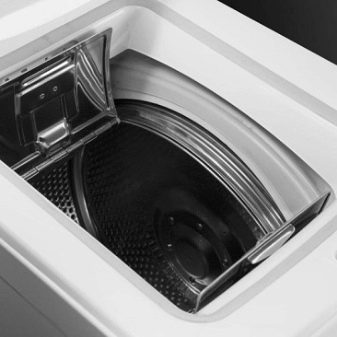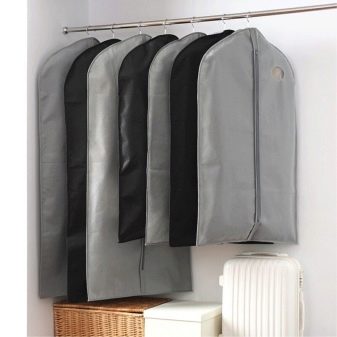Overview of wrinkle-free fabrics

In the modern world, products made of wrinkle-free fabrics are especially popular. Things made from such materials always look good and tidy. It is very easy to take care of such products.
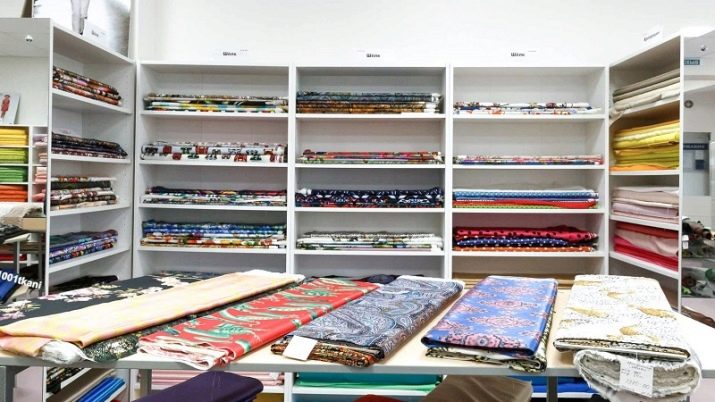
Natural materials
Natural materials breathe well and fit nicely to the body. Therefore, when buying clothes and bedding, many try to choose things from natural fabrics. Non-crease materials include the following.
- Silk. This is one of the most expensive and luxurious fabrics. It is very pleasant to the touch. Silk is used for both clothing and bedding. Silk items are of high quality and durability.
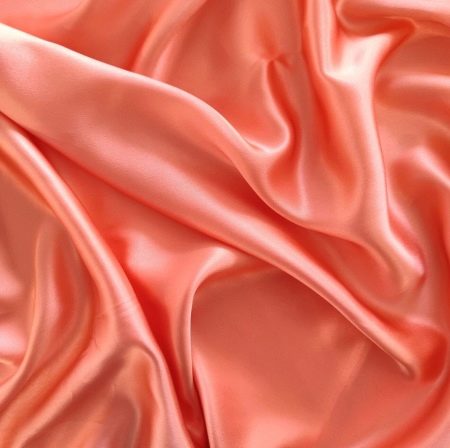
- Wool. The wrinkle-free fabric is made from natural fibers. Soft material is able to keep warm for a long time. It perfectly absorbs moisture and does not deform. As a rule, wool is used for sewing outerwear.
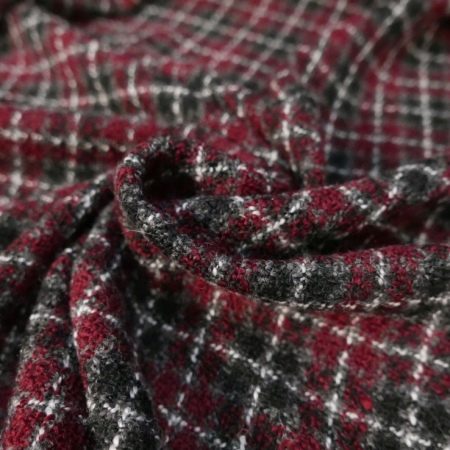
- Mohair. This material is made from sheep's wool. It is very delicate and lightweight. Mohair products are hypoallergenic. Therefore, they can be used even by allergy sufferers and small children.
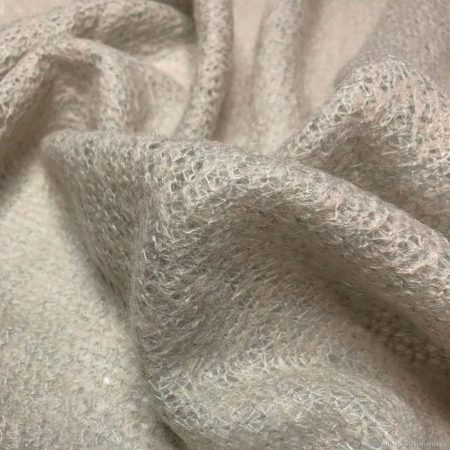
- Mahra. The surface of the terry cloth is covered with soft bristles. This material looks a bit like fur in its appearance. The pile on the surface of the terry cloth can be either one-sided or double-sided. This fabric is made from cotton, linen or bamboo. Mahra is considered to be very beneficial for health, as it easily massages it upon contact with the skin. Most often, terry is used for sewing sheets, sweaters and home clothes.

- Percale. This is a lightweight natural fabric made from durable cotton threads. The material is highly wear resistant. Percale is used to make bedding sets and summer clothes.It makes great skirts, shirts, dresses and trousers.
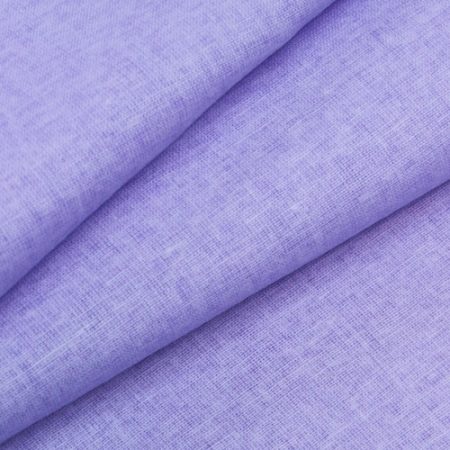
- Poplin. This type of fabric has a nice fine ribbed texture. The material can be made from pure silk and cotton. There are both monochromatic and multi-colored and patterned fabrics.
Natural materials have only one significant drawback - a shorter service life than synthetics.

Synthetic fabrics
The selection of wrinkle-resistant synthetic fabrics is also quite large.
- Fleece. This material is made from polyester and other man-made fibers. It is lightweight and pleasant to the touch. The material retains heat well. Therefore, fleece is often made into pajamas, sweaters, sweatshirts and warm tracksuits. The material does not wrinkle and retains its attractiveness for a long time.
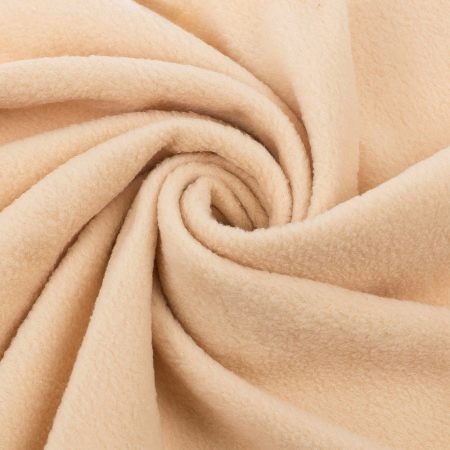
- Lycra. The main difference between this material is its high elasticity. It stretches beautifully and does not tear. As a rule, lycra is used for sewing swimwear and tracksuits.
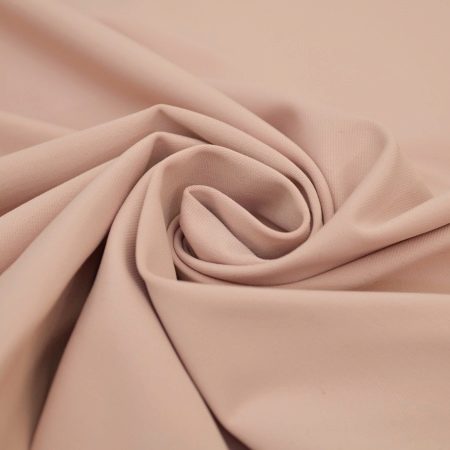
- Acetate. This material is also called rayon. It is smooth, shiny and very durable. Acetate does not need ironing. Products made from it look like new for a very long time.
Synthetic wrinkle-resistant fabrics are inexpensive. Therefore, they are popular with buyers.

Blended fabrics
Separately, it is worth highlighting mixed fabrics that do not wrinkle. Such materials are composed of a mixture of synthetic and natural threads. Therefore, they have the advantages of both natural fabrics and synthetics.
- Polycotton. This fabric is composed of cotton and polyester. The composition of the material can be anything. The cost of the fabric depends on the percentage of synthetics and cotton. Pillowcases, sheets, bedspreads and various covers for pillows and furniture are sewn from polycotton.

- Jacquard. It is a dense fabric that is used in a wide variety of applications. It is used for sewing curtains, upholstery, trouser suits, coats and skirts. Things from jacquard fabric look beautiful and expensive. They are resistant to wear and tear and, with proper care, can last a very long time.

- Footer. The blended footer contains polyester, cotton and spandex. The fabric stretches well and is most often used for sewing sportswear.
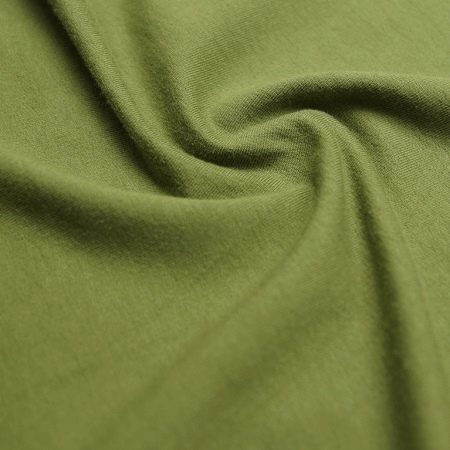
- Reaper. This material can be either natural or artificial or blended. The header does not wrinkle because it is a wrinkled blade. The material is used for sewing shirts, blouses, skirts, as well as bed linen and curtains. The curtains from the header look beautiful against the tulle background.
In general, wrinkle-free blended fabrics are versatile pieces that can be used to create both apparel and bedding or special uniforms.
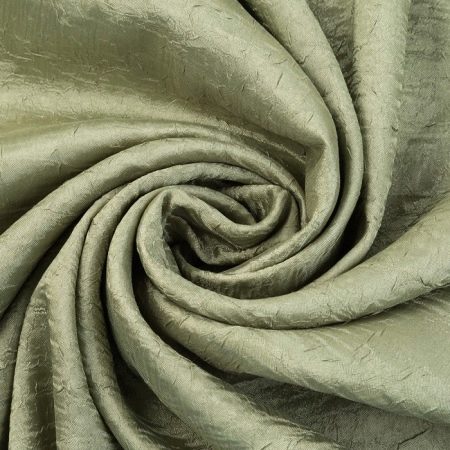
Care Tips
The features of caring for things made of non-wrinkling fabrics depend on the characteristics and properties of the materials.
- Wool. This dense, fluffy material should be washed in warm water. Its temperature should be no higher than 30 degrees. Do not twist and rub the fabric. Drying in direct sunlight or in a drying chamber is also prohibited. It is recommended to store natural wool products in special covers. In a closet with such things, you should put a special anti-moth product.
- Fleece. This material is also quite delicate. They wash it at temperatures up to 40 degrees. Dry fleece products in a flattened form. In no case should you iron them. Fibers on contact with the iron begin to melt and damage the fabric.
- Jacquard. This fabric can be washed by hand or machine. Liquid detergents are best for washing. Bleaching agents are not permitted. You can't twist things out of jacquard either. Outerwear and suits made of dense jacquard fabric are recommended to be dry-cleaned.
- Silk. It is one of the most difficult materials to maintain. It is advisable to wash it by hand, without using bleach. The water temperature for washing should also be within 30 degrees. It is recommended to dry things on a horizontal surface.Before drying, the product should be wrapped in a terry towel for a few minutes. It will quickly absorb excess water.
In general, all the necessary information related to the care of things is indicated on the tag sewn into the product. Therefore, buyers usually do not have any problems with washing and drying wrinkle-free items.
